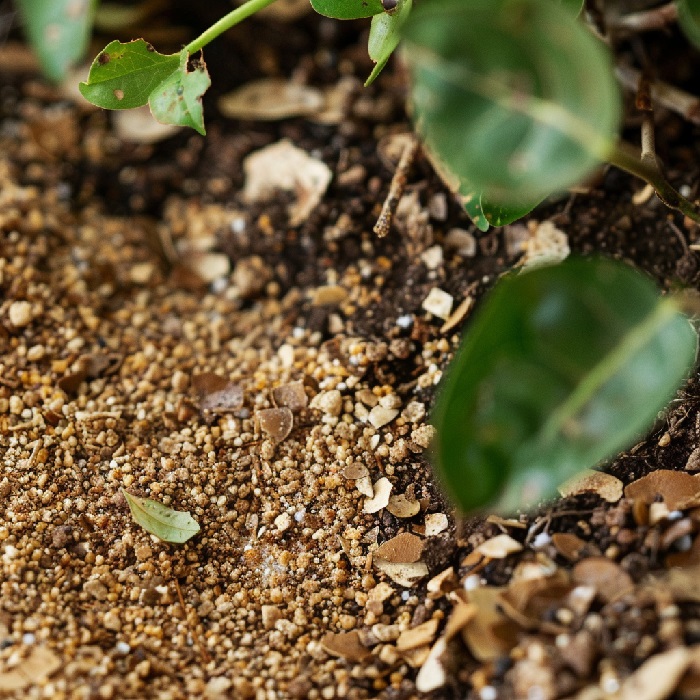Vermiculite
VERMICULITE:
Vermiculite is a mineral ore that can contain asbestos as a harmful byproduct. It was first discovered in 1824 in the English county of Worcester, Massachusetts, but commercial mining did not begin until 1923. After the processes of mining and milling, the ore is heated to exfoliate it, forming a substance that is fire-resistant, chemically inert, absorbent, lightweight, and odorless. Exfoliated vermiculite ore is primarily used in agricultural and horticultural products, as well as in insulation, construction materials, packaging materials, and other applications.
Rocks containing the rich vein of vermiculite are excavated from a vast open pit in the ground. The mud covering the rocks, typically referred to as overburden, is removed using power shovels or heavy machinery such as earth scrapers. The exposed layers of rock are then drilled using large drills powered either pneumatically or hydraulically, and the holes are filled with highly volatile explosive charges.

Once all personnel and machinery have been relocated out of the blast or mining area, the volatile charges are detonated, causing the vermiculite-rich rock bed to collapse. The resulting piles of loose rocks are then scooped up by power shovels and dumped onto trucks or train cars, which transport the ore-rich rocks to a processing plant where they are processed to separate the vermiculite ore from the rock.

USES:
1.Mortars and Refractory Elements: It serves as an ingredient in low to medium temperature refractory elements (up to 1200°C). It is utilized in constructing and/or coating ovens and as mortar for joining refractory pieces.
2.Insulation: It is employed in passive fire protection and the manufacture of mortars. Additionally, it is utilized in ceramic furnaces.
3.Iron and Steel Industry: Vermiculite concentrates serve as padding for liquid metal. When these metals release heat, vermiculite expands and forms an insulating layer, thus preventing heat loss.
4.Vermiculite plays a fundamental role in crafting innovative lightweight projected gypsum mortars.
5. Vermiculite boards or plates offer fire resistance, thermal insulation, and stability. They are well-suited for wood-burning stoves and various types of doors and partitions.









